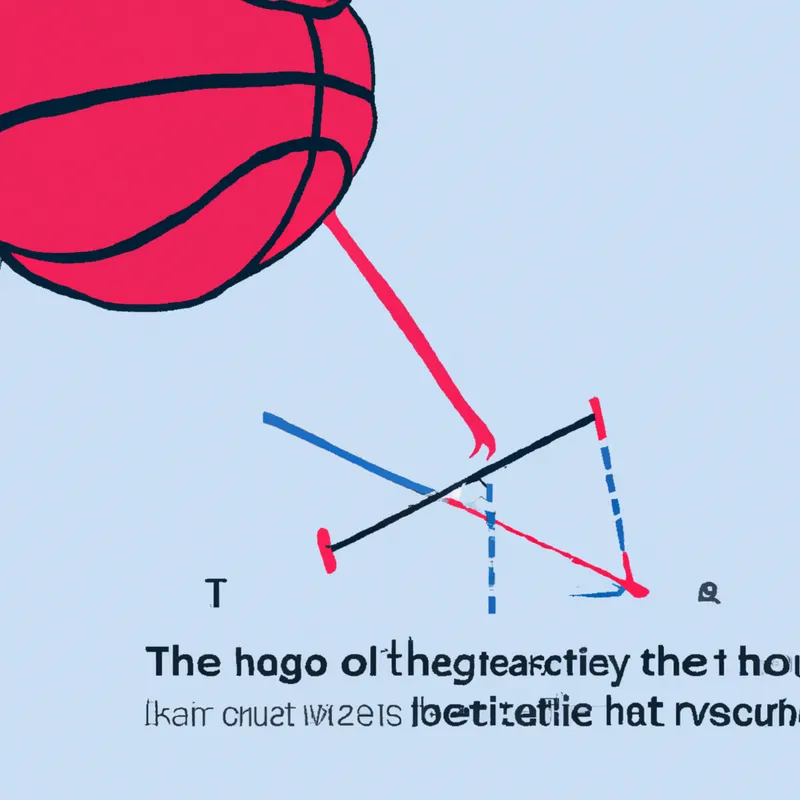Exploring Eccentrics: The Role of Eccentric Plyometric Training in Injury Prevention and Performance Enhancement
# Exploring Eccentrics: The Role of Eccentric Plyometric Training in Injury Prevention and Performance Enhancement
In the ever-evolving world of sports and fitness, the pursuit of optimal performance and injury prevention has led to innovative training methods. One such approach that has gained traction is eccentric plyometric training. Unlike traditional plyometric exercises that focus primarily on explosive, concentric movements, eccentric plyometric training emphasizes the controlled lengthening of muscles during high-impact activities. This blog post will explore the benefits of eccentric plyometric training, including its role in injury prevention and performance enhancement, as well as provide nutrition tips, exercise advice, and a breakdown of health benefits.
## What is Eccentric Plyometric Training?
Eccentric plyometric training combines the principles of plyometrics—exercises designed to produce fast, powerful movements—with an emphasis on eccentric muscle contractions. During eccentric movements, muscles lengthen under tension. This type of training is particularly beneficial for athletes engaged in sports that require rapid changes in direction, explosive power, or high-impact landings.
### The Mechanics of Eccentric Movements
Eccentric contractions occur when muscles are activated while they are lengthening. For example, during a jump, the landing phase involves eccentric contractions of the quadriceps and hamstrings to decelerate the body. By focusing on these movements, athletes can improve strength, power, and stability, which are critical for athletic performance.
## The Role of Eccentric Training in Injury Prevention
Injury prevention is a paramount concern for athletes and fitness enthusiasts alike. Eccentric training can play a significant role in minimizing the risk of injuries, particularly in sports involving high-impact activities.
### Reducing Muscle Strain
Eccentric plyometric training helps muscles adapt to the stresses of dynamic movements. By developing the ability to control motion during landing and rapid direction changes, athletes can reduce the risk of strains, tears, and other common injuries.
### Enhancing Tendon Strength
Eccentric exercises have been shown to increase tendon stiffness and strength. Stronger tendons are less prone to injury, making them crucial for athletes who rely heavily on explosive movements. Research indicates that incorporating eccentric training into a regular regimen can lead to improved tendon health and resilience.
## Performance Enhancement through Eccentric Training
Beyond injury prevention, eccentric plyometric training can significantly enhance athletic performance. This method focuses on developing the neuromuscular system, which is essential for explosive power and agility.
### Increased Power Output
Eccentric plyometric training allows athletes to generate greater force during explosive movements. By training the muscles to absorb and generate power efficiently, athletes can improve their vertical jump, sprint speed, and overall explosiveness.
### Improved Coordination and Agility
Eccentric training promotes better neuromuscular coordination, which is vital for athletes who need quick reflexes and precise movements. By enhancing coordination, athletes can improve their agility, making them more effective during competition.
## Nutrition Tips for Eccentric Training
To maximize the benefits of eccentric plyometric training, proper nutrition is essential. Here are some tips to fuel your training:
1. **Prioritize Protein:** Consuming adequate protein is crucial for muscle repair and growth. Aim for lean protein sources such as chicken, fish, beans, and legumes.
2. **Incorporate Carbohydrates:** Carbohydrates provide the energy needed for high-intensity workouts. Include whole grains, fruits, and vegetables in your diet for sustained energy.
3. **Stay Hydrated:** Hydration is vital for optimal performance. Drink plenty of water before, during, and after workouts to prevent dehydration.
4. **Include Healthy Fats:** Healthy fats support joint health and provide essential nutrients. Incorporate sources like avocados, nuts, and olive oil into your meals.
## Exercise Advice for Implementing Eccentric Training
When incorporating eccentric plyometric training into your routine, consider the following advice:
1. **Start Slowly:** If you’re new to eccentric training, begin with bodyweight exercises to develop proper form and technique before progressing to weighted movements.
2. **Focus on Control:** Emphasize the eccentric phase of each exercise. For example, when performing a squat jump, take your time during the landing phase to engage the muscles effectively.
3. **Incorporate Variety:** Mix different exercises such as depth jumps, box jumps, and single-leg landings to target multiple muscle groups and prevent boredom.
4. **Listen to Your Body:**















Post Comment